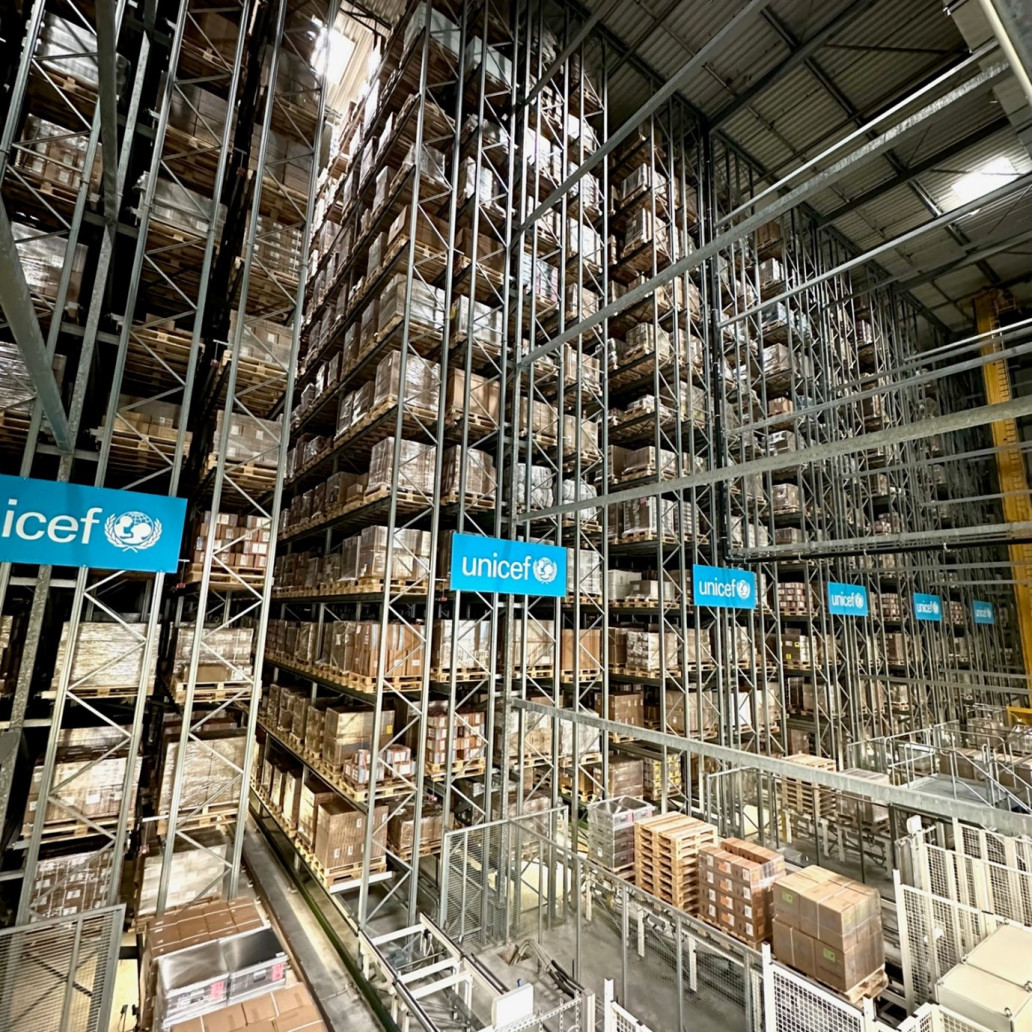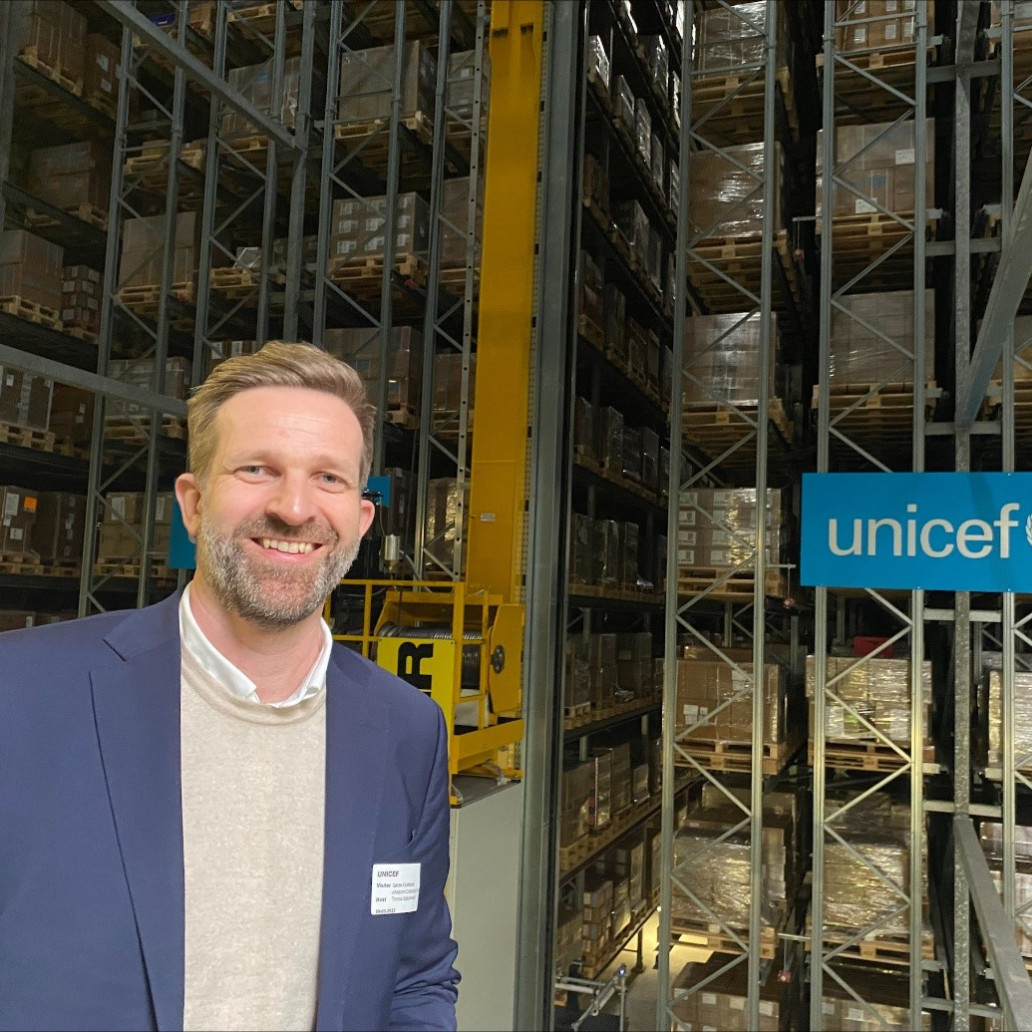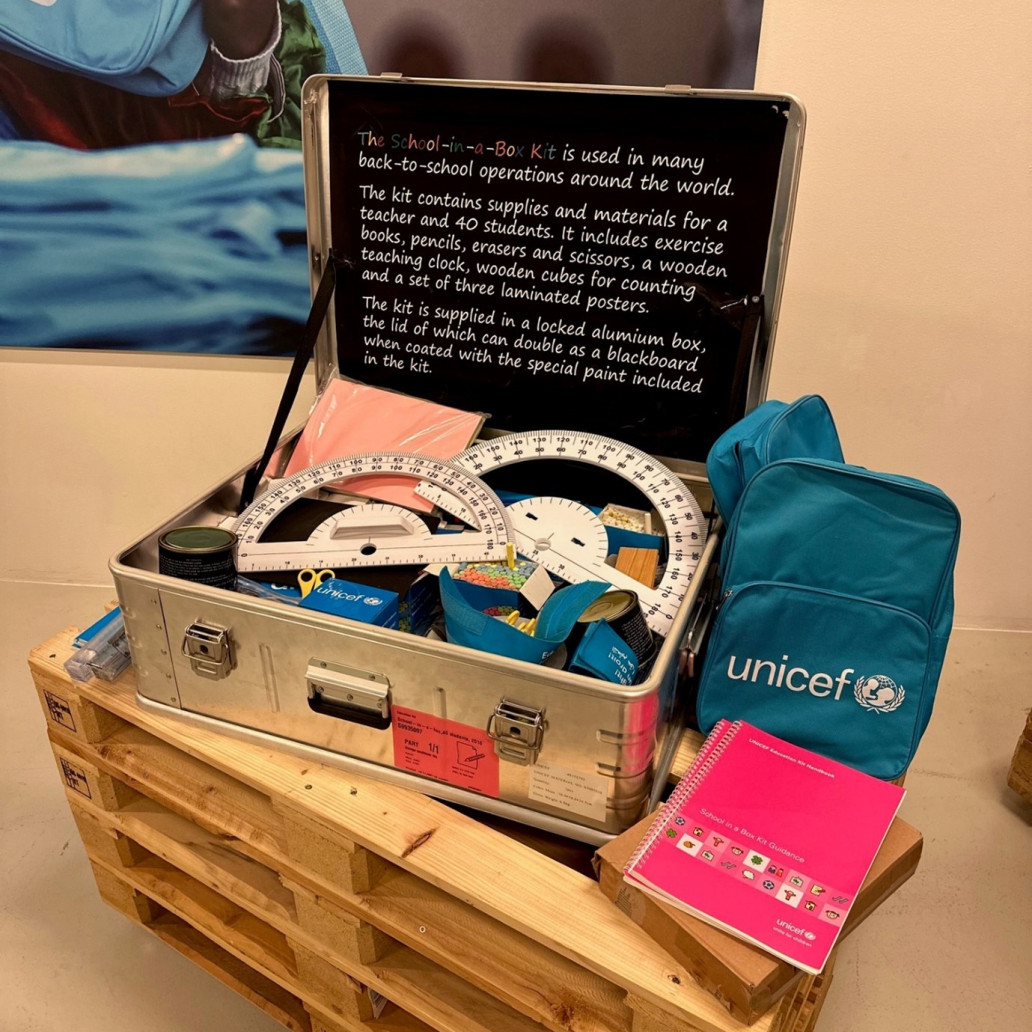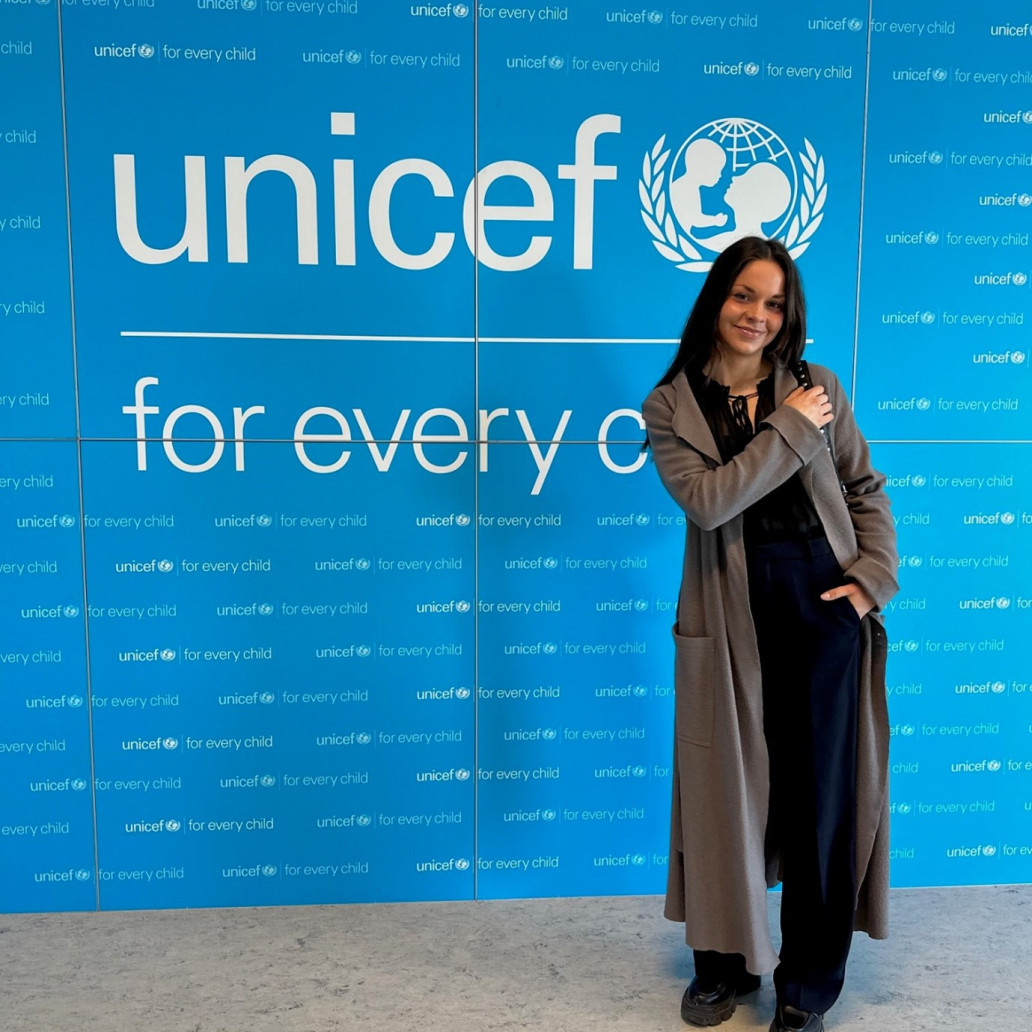ACI ambassadors Carla Kruse from A. Ahlström and Søren Guldbæk Arentsen from M&J Recycling visited UNICEF Supply Division in Copenhagen in May. UNICEF Supply Division is housed in the largest humanitarian warehouse in the world. These headquarters are much more than a warehouse: they are the heart of the UNICEF global supply operation, forming the pivot of all related activities.
“ I was impressed with this vast, robotized and extremely efficient logistics machine, that we saw and how all of this has been put in place with a higher purpose – to help the world’s children. I was especially impressed with the procurement function at UNICEF and how it has shaped the market of suppliers – for the good of children”, says Søren Guldbæk Arentsen, Global Marketing Manager for M&J Recycling.
UNICEF delivers life-saving supplies for children worldwide, procuring and delivering over 5,000 products to support essential programming in sectors such as health, education, and child protection. These supplies are also an integral part of UNICEF’s emergency response.
“The need for and amount of attention regarding everything was impressive. How to e.g. store the products taking into consideration shipping time, expiration dates, temperature – pretty much every small detail. Also, how to stack products into convenient kits for schools, for health purposes and so on”, says Carla Kruse, Family Functions, specialist, from A. Ahlström.
Working for affordable and sustainable markets
Access to affordable and fit-for-purpose products from sustainable markets is essential for the survival and development of children.
For example, worldwide, preventable birth complications, acute respiratory infections and diarrhoea are some of the leading causes of death for children under five years old. This is mostly because products and services such as vaccines, medicines, clean water, and appropriate sanitation are out of reach for these children.
Innovation to meet the needs of UNICEF’s strategic programme areas
Product innovation at UNICEF is about turning ideas into tangible and scalable solutions. It involves the identification, development and scaling of fit-for-purpose and value-for-money products that respond to the unmet needs of children.
UNICEF is managing a portfolio of product innovation projects that respond to the needs outlined in UNICEF’s strategic programme areas, including child survival, child protection, education, and emergencies.
Some projects include the High Performance Tents, Disability-friendly Latrines and Non-pneumatic Anti-Shock Garment.




